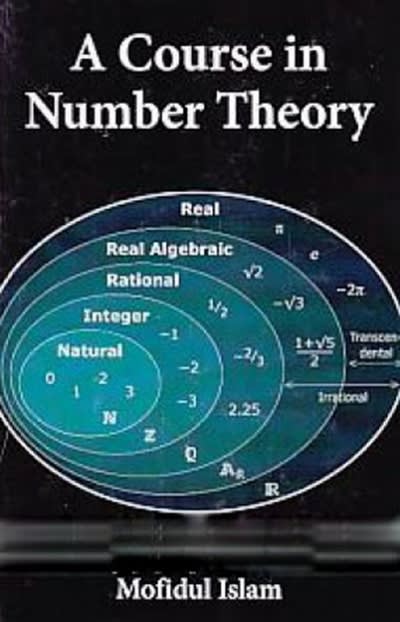I ONLY NEED the quick answers. I DO NOT need an explanation. I will give a great rating, thank you!
Question 1: Read the problem below and then answer parts A, B, and C (all multiple choice)
Do certain car colors attract the attention of police more than others, so that they are more likely to get speeding tickets? A few years ago a curious newspaper columnist tabulated the car color on a random sample of 120 speeding citations at the local courthouse. Here are her results. Color Red White/Silver Gray/Black Other Number of speeding tickets 16 33 39 32 She then went to the state motor vehicle registry and found the distribution of car colors for all cars registered in her state. She found 14% were Red, 35% White/Silver, 23% Gray/Black, and 28% other. She decided to test the null hypothesis: the distribution of speeding tickets by car color is the same as the distribution of car colors on the road.Which of the following are the correct expected counts for speeding tickets under the null hypothesis? O Color Red White/Silver | Gray/Black Other Expected Count 17 42 28 30 O Color Red White/Silver Gray/Black Other Expected Count 16.8 42 27.6 33.6 O Color Red White/Silver Gray/Black Other Expected Count 17 36 28 32 O Color Red White/Silver Gray/Black Other Expected Count 16.8 36 27.6 34Which of the following is the correct P- value for the chi-squared test? O 0.0803 O 0.2341 O 0.1496 0.4502Which of the following is an apprOpriate conclusion to draw? 0 Accept H0 at the a: = 0.10 level 0 Reject H0 at the a = 0.05 level Fail to reject H0 at the O a = 0.05 level Fail to reject H0 at the O a: = 0.10 level To test the effectiveness of certain computer software's random number generator, I randomly select 1000 numbers form a standard Normal distribution. I classify these 1000 numbers according to whether their values are at most -2, between -2 and 0, between 0 and 2 or at least 2. The results are given in the following table. The expected counts, based on the 68%-95%-99.7% rule are given as well. At most -2 Between -2 and 0 Between 0 and 2 At least 2 Observed count 18 492 468 22 Expected count 25 475 475 25Choose the appropriate null hypothesis to test to see if the distribution of observed counts differs significantly from the distribution of expected counts. 0 The distribution of random numbers is uniform. The distribution of random numbers is not as stated. stated . The distribution of random numbers is not 0 O The distribution of random numbers is as O uniform. For this test, how many degrees of freedom does this distribution have? The p-value of the test is less than 0.10 between 0.10 and 0.25 between 0.25 and 0.40 greater than 0.40 Which of the following is the appropriate conclusion to draw at a 10% significance level? We can conclude the O distribution of random numbers is not as stated. We cannot conclude the O distribution of random numbers is not as stated. We can conclude the 0 distribution of random numbers is as stated. We cannot conclude the O distribution of random numbers is as stated















